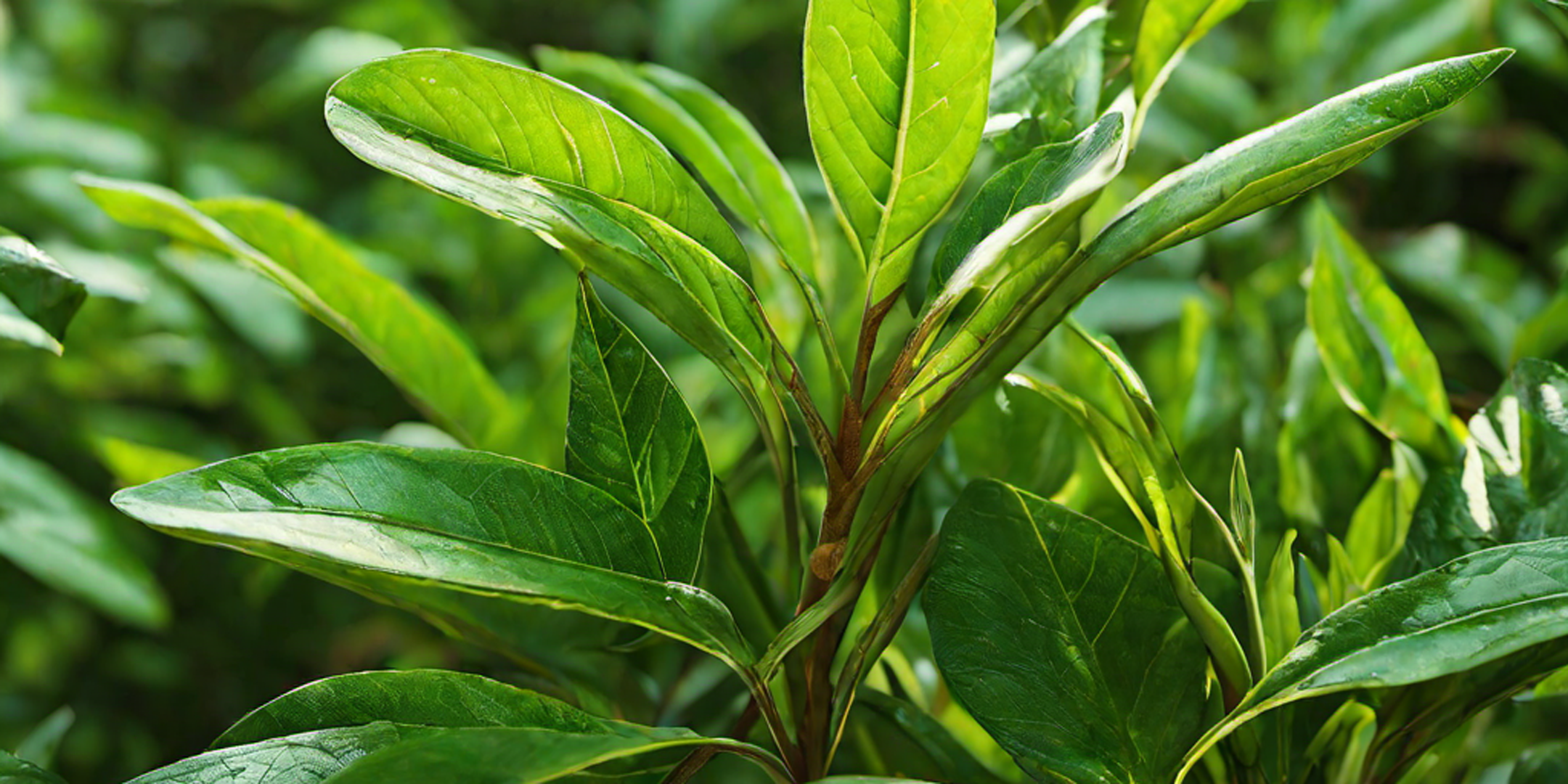1. Introduction
Tea has long been enjoyed as a popular beverage all around the world, but few may realize the significant contribution that Indians have made to the global tea industry. India is one of the largest tea producers in the world, responsible for producing a wide variety of teas that are enjoyed by millions. The country has a rich history in tea cultivation, stemming back to the British colonial era when tea was introduced to the region. Today, Indian teas are renowned for their unique flavors and fragrances, making them highly sought after in the international market. This blog will delve into the fascinating history of Indian tea and explore the many ways in which Indians have shaped this beloved industry.
2. The history of tea in India
The history of tea in India dates back to the British colonial era when the British East India Company began cultivating tea plants in the region. In the early 19th century, the company established tea plantations in Assam and Darjeeling, two regions known for their ideal climate and rich soil for tea cultivation.
Initially, the tea industry faced numerous challenges, including finding suitable varieties of tea plants and overcoming the complexities of cultivation. However, with time, Indian tea growers mastered the art of tea production and introduced various techniques to enhance the flavors and aromas.
One significant milestone in the Indian tea industry was the introduction of the Assamica variety, a robust and flavorful tea leaf that became popular worldwide. The discovery of this variety catapulted India's tea industry to new heights, making it a major player in the global market.
Today, India is known for producing a wide range of teas, including black, green, white, and oolong teas. Each region has its unique tea-growing traditions and techniques, resulting in diverse flavors and aromas. The contributions of Indians to the tea industry cannot be overstated, as they continue to innovate and refine their cultivation and processing methods, ensuring that Indian tea remains highly esteemed around the world.
3. Indian tea production and export
Indian tea production has seen significant growth over the years, establishing the country as one of the largest tea producers in the world. Today, India produces around 1,325 million kilograms of tea annually, with a majority of it consumed domestically. However, a significant portion is also exported to various countries, making Indian tea a global favorite.
India's diverse climate and topography provide excellent conditions for tea cultivation. Each region has its unique terroir, which influences the flavor, aroma, and character of the tea. Assam, Darjeeling, Nilgiri, and Kangra are the major tea-growing regions of India, each known for producing distinct types of tea.
Assam is famous for its robust and malty black teas, while Darjeeling is celebrated for its delicate and aromatic black teas. Nilgiri produces flavorful black, green, and oolong teas, and Kangra is known for its high-quality black and green teas.
The Indian tea industry employs millions of people, providing livelihoods to small-scale growers, workers on tea estates, and workers in the processing and packaging units. The industry plays a crucial role in the socio-economic development of various regions in the country.
When it comes to tea exports, India has a strong presence in the international market. It exports tea to more than 100 countries, including the United States, Russia, the United Kingdom, Egypt, and Iran, among others. Indian tea is highly regarded for its quality, aroma, and unique flavor profiles, making it a preferred choice for tea enthusiasts worldwide.
In recent years, there has been a surge in the demand for specialty teas from India, such as Darjeeling's second flush teas and Assam's golden tippy teas. These premium teas are often sold at auctions and fetch high prices, reflecting their exceptional quality and exclusivity.
Furthermore, the tea industry in India has embraced sustainable practices, promoting organic and fair-trade tea production. Many tea gardens have obtained organic certification, ensuring that the tea is grown without the use of harmful chemicals, and that farmers are paid fair wages.
In conclusion, Indian tea production and export have played a vital role in shaping the global tea industry. From its humble beginnings during the British colonial era to becoming a significant player in the international market, India's contributions have been remarkable. With its rich flavors, diverse varieties, and commitment to sustainability, Indian tea continues to captivate tea enthusiasts worldwide.
4. The cultural significance of tea in India
Tea holds a deep cultural significance in India, woven into the fabric of daily life for millions of people across the country. It is more than just a beverage; it is a symbol of tradition, hospitality, and socialization.
Tea-drinking rituals in India vary from region to region, reflecting the diverse cultural practices of the country. The most common form of tea consumed in India is masala chai, a fragrant blend made with black tea, milk, spices like cardamom, ginger, and cloves, and sweetened with sugar.
In many households, the day begins with a steaming cup of chai, an invigorating and comforting start to the morning. It is an integral part of social gatherings, where tea is served to guests as a gesture of warm hospitality.
Tea stalls or "chai wallahs" are a ubiquitous sight in Indian cities and towns, serving as local meeting points and hubs of conversation. People from all walks of life gather at these stalls to discuss politics, sports, and daily happenings over a cup of tea. The chai wallah holds an esteemed position in Indian society, reflecting the role of tea as a catalyst for social bonding and community engagement.
In addition to its cultural importance, tea is also associated with health benefits in traditional Indian medicine systems like Ayurveda. Certain variations of tea, such as green tea and herbal infusions, are believed to have medicinal properties and are highly valued for their healing effects.
Moreover, tea is an integral part of Indian festivities and celebrations. During festivals like Diwali and Holi, special teas are prepared and shared among family and friends. Tea also plays a role in religious ceremonies, with offerings of tea made to deities as a symbol of reverence.
In recent years, India has witnessed a rise in tea tourism, with travelers from around the world visiting tea gardens and plantations to witness the tea-making process firsthand. This trend not only allows visitors to savor the unique flavors of Indian tea but also provides insights into the heritage, traditions, and cultural significance associated with tea in India.
Overall, tea holds a cherished place in Indian culture, woven into the daily lives and traditions of its people. From ritualistic chai drinking to festive celebrations, tea is a powerful symbol of togetherness and a testament to India's rich cultural heritage.
5. The economic impact of the tea industry in India
The tea industry in India has not only had a significant cultural impact but also a substantial economic impact. India is one of the largest tea producers in the world, with tea cultivation being a major source of income for millions of people.
The cultivation and production of tea provide employment opportunities for a significant portion of the rural population in India. Tea gardens and plantations, spread across various regions of the country, create numerous jobs in plucking, processing, packaging, and transportation. This industry also supports various ancillary sectors such as logistics, packaging, and marketing, which further contributes to the overall economy.
India's tea exports play a crucial role in foreign trade. Indian tea, known for its unique flavors and quality, is in high demand in various countries around the world. The revenue generated from tea exports adds to India's foreign exchange reserves and helps boost the economy.
Furthermore, the tea industry has also led to the development of infrastructure in the tea-growing regions. Improved roadways, transportation facilities, and communication networks have been established to support the tea industry's needs. This infrastructure development has not only benefited the tea industry but has also enhanced connectivity and accessibility for local communities.
In recent years, the Indian government has taken initiatives to promote the tea industry and create a conducive environment for its growth. Various policies and schemes have been implemented to increase productivity, improve quality standards, and ensure fair prices for tea growers. These efforts aim to boost the overall competitiveness and profitability of the tea industry, ultimately benefiting the economy as a whole.
In conclusion, the economic impact of the tea industry in India cannot be understated. It not only provides livelihoods to millions of people but also contributes to foreign trade and infrastructure development. The tea industry is an integral part of India's economy, and its growth and success are essential for the overall well-being of the nation.
6. Indian innovations in tea production and processing
Indian innovations in tea production and processing have played a significant role in shaping the global tea industry. Indian tea growers and researchers have constantly strived to improve cultivation techniques, enhance the quality of tea, and experiment with new flavors and blends.
One such innovation is the method of growing tea on high-altitude slopes and terrains. This technique pioneered in the Darjeeling region, has led to the production of some of the finest and most sought-after teas in the world. The unique climatic conditions and soil composition in these areas contribute to the distinctive flavors and delicate aromas found in Darjeeling tea.
Another noteworthy innovation is the introduction of organic and sustainable methods in tea cultivation. Indian tea producers have embraced organic farming practices, avoiding the use of harmful chemicals and pesticides. This not only ensures a healthier product for consumers but also promotes environmental sustainability.
In addition, India has developed specialized machinery and equipment for tea processing. From withering and rolling machines to fermentation chambers and drying units, these innovations have streamlined and improved the efficiency of tea processing. This has resulted in higher-quality teas that meet international standards.
Furthermore, Indian tea artisans have excelled in the art of blending teas. By combining different varieties and proportions of tea leaves, they create unique and complex flavor profiles. These blends have become iconic, attracting tea enthusiasts from around the world.
Overall, Indian innovations in tea production and processing have not only elevated the quality and variety of Indian tea but have also influenced the global tea industry. The creativity and expertise of Indian tea growers and artisans continue to push the boundaries, making Indian tea a symbol of excellence and a cherished beverage around the world.
7. The future of the Indian tea industry
The future of the Indian tea industry looks promising, with numerous opportunities for growth and innovation. As consumer preferences continue to evolve, there is a growing demand for specialty teas, organic products, and unique flavor profiles. Indian tea growers are well-positioned to capitalize on these trends and cater to the changing tastes of tea enthusiasts.
With advancements in technology and research, we can expect further improvements in cultivation techniques, resulting in higher yields and superior-quality teas. Efforts to develop drought-tolerant tea varieties and explore new growing regions are also underway, ensuring the sustainability of the industry in the face of climate change.
Furthermore, the Indian government and industry stakeholders are actively promoting tea tourism, inviting visitors to experience the rich heritage and cultural significance of Indian tea. This not only generates additional revenue but also raises awareness about the craftsmanship and artistry behind each cup of tea.
In conclusion, the future of the Indian tea industry holds immense potential for growth and innovation. By embracing technological advancements, sustainable practices, and consumer trends, Indian tea growers and artisans will continue to shape the global tea market while preserving the rich legacy of Indian tea.
8. Conclusion
In conclusion, the contribution of Indians to the world of tea cannot be underestimated. From the humble beginnings of tea cultivation in Assam to the vast plantations in Darjeeling and Nilgiri, Indian tea has left an indelible mark on the global tea industry.
With its unique flavor profiles, specialty teas, and organic products, Indian tea has captured the hearts and palates of tea enthusiasts around the world. The future of the Indian tea industry looks promising, with advancements in technology and research, ensuring the sustainability and growth of the industry.
As we continue to appreciate the craftsmanship and artistry behind each cup of tea, it is important to acknowledge the hard work and dedication of Indian tea growers and artisans. Their commitment to producing superior-quality teas while preserving the rich legacy of Indian tea is commendable.
In the coming years, let us celebrate and support the contributions of Indians to the world of tea, and continue to explore and enjoy the rich flavors and cultural significance that Indian tea brings to our lives.




